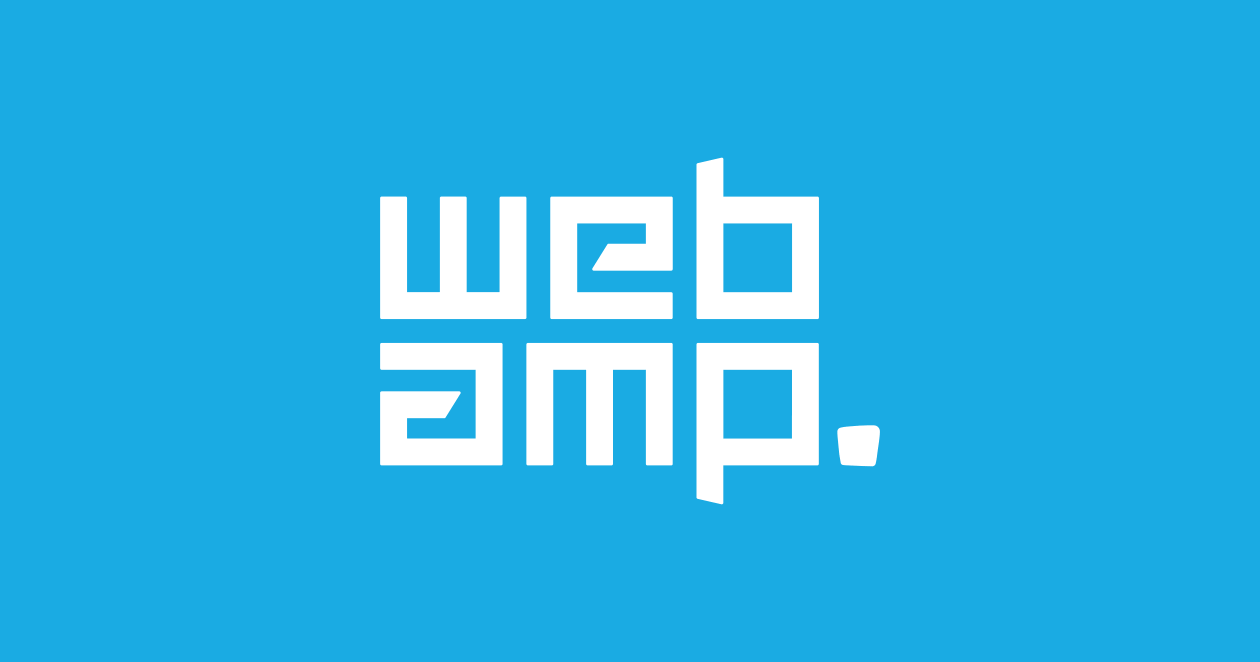
Image optimization
Image optimization is an indispensable tool in the SEO toolbox that can speed up your website, boost your SEO score and optimize your website's usability. Find out why - and how to do it in practice.
What is image optimization?
Image optimization is, as the word suggests, a series of strategies to optimize your images so that your website is easy to understand for both users and bots. Images are a central part of many websites - especially for online shops. However, search engines like Google can struggle to read and understand images, which can result in lower rankings in search results.
Similarly, poor images, which can be misleading or low-quality, for example, can create a poor user experience that can increase your bounce rate. This means that poor images can cause more users to bounce away from your website and worsen your ranking in search results - and ultimately the amount of gold at the bottom of your digital treasure trove.
When search engines like Google rank your website, you are assessed on how both users and bots read your website. Therefore, image optimization is as much about technical aspects that make it easier for search engines to read your images - such as image format and size - as it is about more SEO-related considerations, such as the quality of your images, how relevant and good the images are and more, which can change the usability of your website.
How to optimize your images
If you cut image optimization down to the bone, you end up with a step-by-step list that looks like this:
- Choose the right image format
- Consider the image size
- Make use of ALT tags
When optimizing your images, it's a good idea to start by considering which image format is best suited to your specific situation. In general, the JPEG format is suitable for photos with many colors because JPEG images can contain up to 16 million colors.
In addition, JPEG images are relatively small in size, making them ideal for heavier websites where they can help increase site speed and therefore usability. Another popular format is PNG, which is slightly larger and therefore works well for graphics and charts.
It's also important to consider image size. An image should be large enough to be clear, but not so large that it affects loading time. There are various tools that can help you compress your images - for example, JPEG Optimizer, which compresses your images without compromising quality. Other tools include GIMP, TinyPNG and Photoshop.
You can also make use of ALT tags, which are short descriptions of your image that help search engines understand what your image shows. Proper use of ALT tags can improve your website's SEO because search engines reward images that they understand.
The many benefits of image optimization
Using all the tools to help you with image optimization brings three key benefits:
- Faster page loading: The size of your images has a direct impact on your website's loading time. Optimized images are smaller in file size without compromising on quality.
- Better user experience: A faster website with high-quality images improves the user experience, which can lead to longer stays on your website and higher conversion rates.
- Improved SEO: Search engines prefer optimized images because they are easier to understand. Proper use of file names, ALT tags and image sizes can improve your visibility in search engines.
Image optimization and SEO go hand in hand because image optimization can help you rank better in search results. Whether you work with a SEO agency or manage your own digital marketing, optimizing the quality and effectiveness of your images will help your website flourish.
Get even smarter and increase your online presence
Whether you're a generalist or a marketing specialist, our specialists have put together some great advice for you on our blog.
Learn more at Webamp Academy.
-

Auto-generated texts
Content, SEOExplore auto-generated texts and their impact on SEO. Discover the pros and cons of using AI-written content on your website. -

Gamification
MarketingGamification is a powerful tool to engage and interact with your customers. Learn more about how you can implement gamification here. -

E-commerce
WebUnderstand the versatility of e-commerce, the business benefits and the steps to get started with online commerce. Create your own success in the world of e-commerce. -

Subdomains and subfolders
SEO, WebDo you also have trouble distinguishing between subdomains and subfolders? Or are you curious to learn more about them? Read more about it here. -

Black Friday
Marketing, PPC, SEO, Social ads, WebGet our top takes on Black Friday. Learn how to plan your SEO and Google Ads strategy for the big shopping day. Read much more here. -

User experience
Marketing, WebDiscover why user experience matters in today's digital age. Learn how to improve user experience to attract and retain your customers. -

User journey
Marketing, ModelsDiscover user journeys and how they can improve your business. Learn how to create and optimize user journeys for increased customer satisfaction and business growth.
